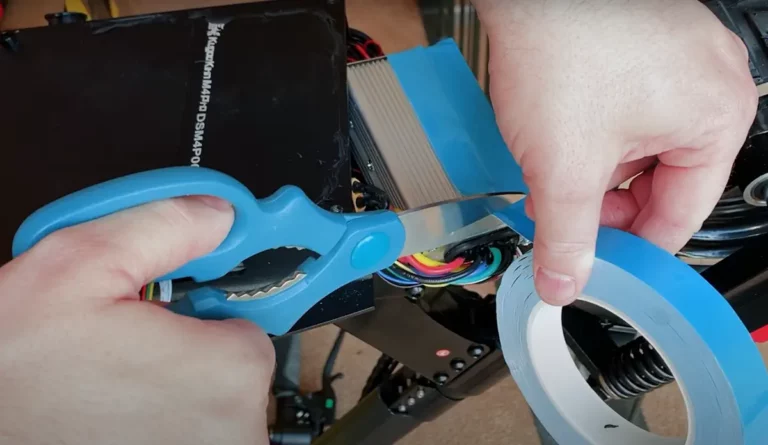Electric bicycle scooters are a convenient and eco-friendly mode of transportation. However, like any piece of technology, they can occasionally run into problems.
Knowing how to troubleshoot common issues can save you time and money. This guide provides practical tips for diagnosing and fixing common problems with your electric bicycle scooter.
1. Battery Issues
Battery problems are among the most common issues with electric scooters. Here’s how to troubleshoot them:
- No Power: If your scooter doesn’t turn on, check the battery. Ensure it’s properly connected and fully charged. If the battery is old, it might need replacing.
- Short Range: If your scooter’s range has decreased, the battery might not be holding a charge. Try fully charging and then discharging it a few times. If the problem persists, consider replacing the battery.
- Overheating: If the battery gets unusually hot, it could be a sign of a serious issue. Stop using the scooter immediately and consult a professional.
2. Motor Problems
The motor is a critical component of your electric scooter. Here are common motor-related issues and their fixes:
- No Movement: If the scooter powers on but doesn’t move, check the motor connections. Loose wires can often be the culprit.
- Strange Noises: Unusual sounds from the motor could indicate debris in the motor or worn-out parts. Clean the motor area and check for any visible damage.
- Power Loss: If the motor loses power intermittently, it might be overheating. Ensure the vents are not blocked and the motor is clean.
3. Brake Issues
Effective brakes are essential for your safety. Troubleshoot brake problems as follows:
- Unresponsive Brakes: If your brakes don’t respond well, check the brake pads for wear and tear. Replace them if necessary. Also, ensure the brake cables are tight and not frayed.
- Squeaky Brakes: If your brakes are making noise, they might be dirty or misaligned. Clean the brake pads and rotors, and realign them if necessary.
- Brake Drag: If the brakes are constantly engaged, they might be too tight. Adjust the brake cables to provide the proper clearance.
4. Tire Problems
Properly functioning tires are crucial for a smooth and safe ride. Here’s how to troubleshoot tire issues:
- Flat Tire: If you have a flat tire, check for punctures or leaks. Patch the puncture or replace the inner tube if necessary.
- Uneven Wear: Uneven tire wear can affect handling. Rotate the tires regularly and ensure they are properly inflated.
- Low Pressure: Regularly check tire pressure and inflate them to the manufacturer’s recommended levels to avoid flats and improve efficiency.
5. Electrical Issues
Electrical problems can be tricky but are often easy to diagnose with the right steps:
- Display Not Working: If the display isn’t functioning, check the connections. Loose wires can often cause the display to fail. If the connections are fine, the display unit itself might need replacing.
- Lights Not Working: If the lights don’t work, check the bulbs and connections. Replace any burnt-out bulbs and ensure the wiring is intact.
- Erratic Behavior: If the scooter behaves erratically, it might be an issue with the controller. Reset the scooter by turning it off and on again. If the problem persists, consult a professional.
6. Software and Firmware Issues
Modern electric scooters often come with digital interfaces and smart features that can run into software problems:
- Update Failures: Ensure your scooter’s firmware is up-to-date. If updates fail, check the manufacturer’s website for troubleshooting steps or contact customer support.
- App Connectivity Issues: If you can’t connect your scooter to the app, ensure Bluetooth is enabled and the app is updated. Restart both the scooter and your smartphone.
7. General Mechanical Problems
Address general mechanical issues to keep your scooter running smoothly:
- Loose Parts: Regularly check for any loose screws, bolts, or parts. Tighten them to avoid rattling and potential damage.
- Suspension Issues: If your ride feels bumpy, inspect the suspension system. Ensure it’s clean and lubricated. Replace any worn-out parts.
Conclusion
Troubleshooting your electric bicycle scooter involves a systematic approach to identify and fix common issues.
By addressing battery problems, motor issues, brake performance, tire conditions, electrical faults, software glitches, and general mechanical wear and tear, you can keep your scooter in excellent condition and extend its lifespan.
Regular maintenance and timely repairs will ensure a safe, reliable, and enjoyable riding experience.

